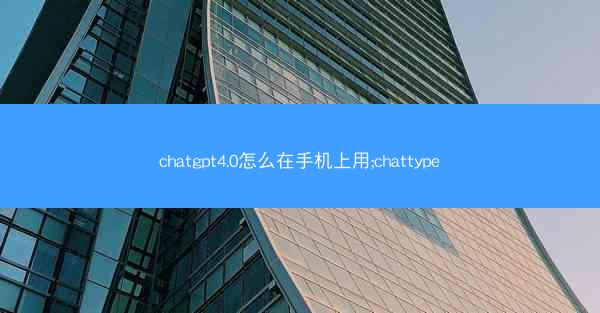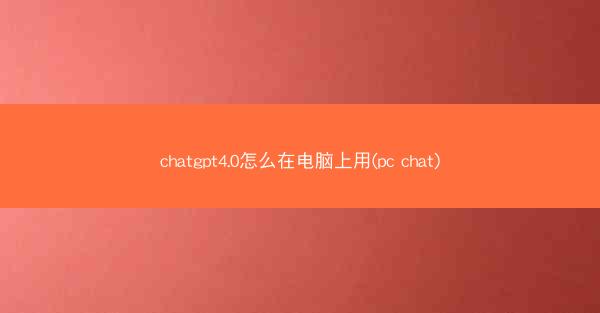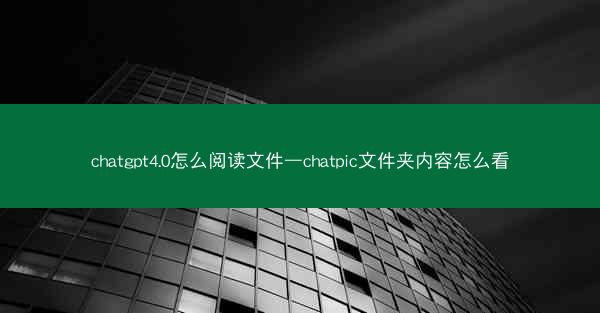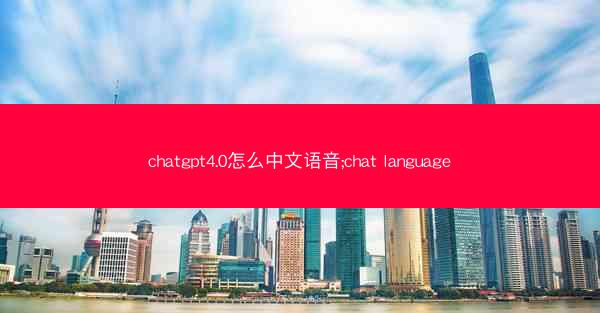
Introduction to Chat GPT and Google Translate
The rise of artificial intelligence has brought about significant advancements in language translation. Two prominent players in this field are Chat GPT and Google Translate. Both have their strengths and weaknesses, and in this article, we will explore the accuracy of Chat GPT's translation compared to Google Translate.
Understanding Chat GPT
Chat GPT is an AI language model developed by OpenAI. It is based on a transformer architecture and has been trained on a vast corpus of text data. The model can generate human-like text and perform various language-related tasks, including translation. One of the key advantages of Chat GPT is its ability to understand context and generate coherent translations.
Accuracy of Chat GPT Translation
When it comes to translation accuracy, Chat GPT has shown promising results. Here are some points to consider:
1. Contextual Understanding: Chat GPT excels in understanding the context of a sentence, which helps in generating accurate translations. This is particularly useful for translating complex sentences or those with multiple meanings.
2. Natural Language Generation: The model's ability to generate natural-sounding text makes the translations more readable and less robotic compared to some other translation tools.
3. Continuous Improvement: OpenAI regularly updates the model, incorporating feedback and improving its translation accuracy over time.
4. Domain-specific Knowledge: Chat GPT has been trained on a diverse range of text data, which allows it to handle translations across various domains, from technical to creative.
5. User-friendly Interface: The Chat GPT interface is straightforward, making it easy for users to input text and receive translations.
Limitations of Chat GPT Translation
Despite its strengths, Chat GPT has some limitations:
1. Limited Language Support: While Chat GPT supports multiple languages, it may not be as proficient in some languages as others.
2. Domain-specific Limitations: The model may struggle with translations that require specialized knowledge or domain-specific terminology.
3. Resource Intensive: Training and running Chat GPT requires significant computational resources, which may limit its widespread adoption.
Understanding Google Translate
Google Translate is a widely-used translation service that has been around for over a decade. It uses a combination of rule-based and statistical machine translation techniques. The service has been continuously improved over the years, and it now boasts a vast language database and advanced algorithms.
Accuracy of Google Translate
Google Translate has made significant strides in translation accuracy. Here are some key points:
1. Large Language Database: Google Translate has access to a vast language database, which allows it to handle a wide range of languages and dialects.
2. Continuous Improvement: Google regularly updates its translation algorithms, incorporating user feedback and improving accuracy over time.
3. Neural Machine Translation: Google Translate has transitioned to neural machine translation, which has significantly improved the quality of translations.
4. Multilingual Support: The service supports a wide range of languages, making it accessible to users worldwide.
5. User-friendly Interface: Google Translate has a user-friendly interface, making it easy for users to input text and receive translations.
Comparison of Chat GPT and Google Translate
When comparing the translation accuracy of Chat GPT and Google Translate, it is essential to consider the following:
1. Contextual Understanding: Chat GPT has an edge in understanding context, which can lead to more accurate translations, especially for complex sentences.
2. Language Support: Both services have a wide range of language support, but Chat GPT may have limitations in certain languages.
3. Domain-specific Knowledge: Chat GPT may struggle with domain-specific translations, while Google Translate has a broader reach.
4. User Experience: Both services offer a user-friendly interface, but the choice between them may come down to personal preference.
In conclusion, both Chat GPT and Google Translate have their strengths and weaknesses when it comes to translation accuracy. While Chat GPT excels in contextual understanding and natural language generation, Google Translate boasts a vast language database and continuous improvement. Ultimately, the choice between the two will depend on the specific needs of the user.






















